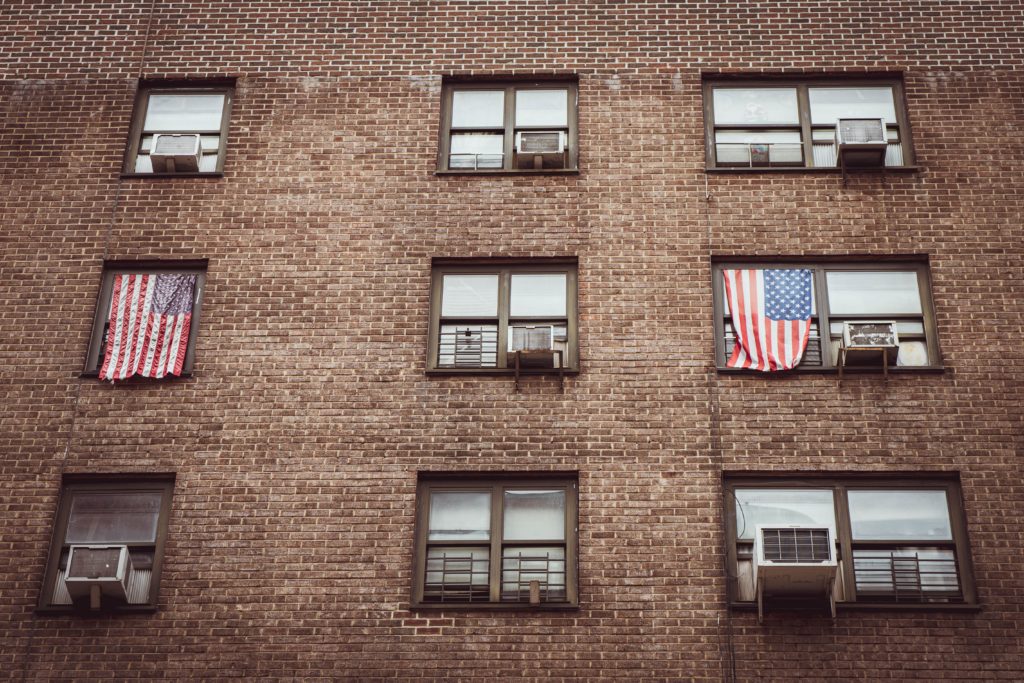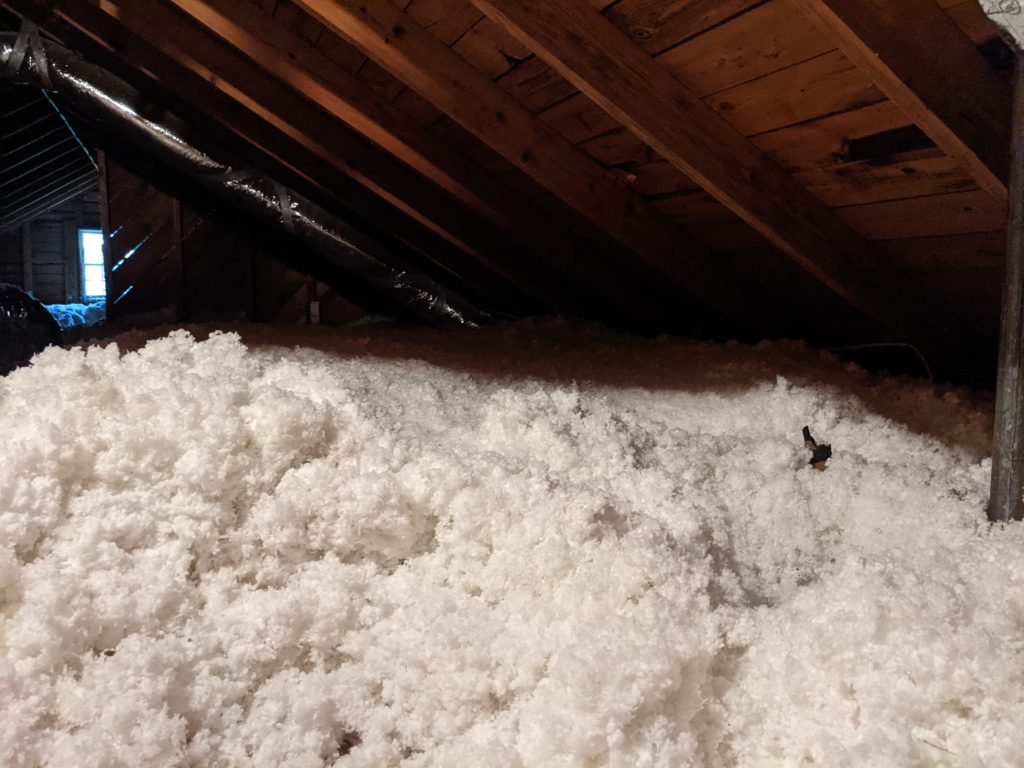It’s getting to that time of year again. The heat rises, the HVAC struggles and the energy bills rise. And thanks to climate change, 2020 tied with the year 2016 as the hottest year on record.
For people in Middle Tennessee, energy bills might be as high, if not higher, in the summertime as in the winter. But there is something you can do about, benefiting your comfort level, your health, your pocketbook and the environment in the process. You can weatherize your home.
Recently, Urban Green Lab and Metro Nashville hosted a Sustainable in the City webinar with Jason Carney, the owner of Energy Electives in Nashville, to talk about home energy efficiency and how to get started.
“Typically, HVAC (heating, ventilation, and air conditioning) takes up 50% of the energy load of the average home,” Carney says. “Using a highly efficient air conditioner as well as keeping the air-conditioned air in your home for as long as possible is where you would start.”
Not only do the air-conditioning units usually use super-greenhouse gas emitters called hydrofluorocarbons, but much of the electricity in the Tennessee Valley is produced using coal and natural gas, which release greenhouse gases that contribute to climate change.

Improving the efficiency of the home is one way to make a big impact on the environment. Every kilowatt that comes to your house burns 4 kilowatts to produce it, meaning 3 kilowatts were lost in production and transmission, estimates Carney, who has a degree in mechanical engineering from Tennessee State University.
“Most people think of energy efficiency and utility cost savings, but the secondary benefits are improved comfort, less drafts, less dust and better indoor air quality,” says Lesley Herrmann, an indoor air quality specialist at E3 Innovate in Nashville.
How to Get Started
One of the easiest ways to get started is with a free energy audit from the area’s electricity provider, the Tennessee Valley Authority. TVA offers a virtual or in-person home energy evaluation.
Alternatively, you can do a self-home energy assessment and look for ways to increase efficiency, such as stopping leaky air ducts, sealing leaks and adding your own insulation. The Department of Energy has advice on a variety of weatherization techniques, as well as advice to improve the comfort of your home in a hot and humid climate.
If you want to hire a contractor, TVA vets contractors through its EnergyRight program as well.

Assessing the Costs
Costs vary significantly based on the work being done, the size and age of the home and the contractor. Older homes tend to benefit the most from energy efficiency upgrades, but homeowners can fix simple problems such as leaky ductwork or inadequate insulation in any home.
Herrmann finds that the biggest bang for the buck often is in insulating the attic and sealing air leaks. You can think of those as the down jacket and the windbreaker for any home. The Environmental Protection Agency estimates homeowners can save an average of 15% on heating and cooling costs by air sealing the home and adding insulation.
You may be able to do the work yourself. A contractor might charge a few thousand dollars to more than $10,000. “Make sure you understand what the quote incudes,” Herrmann says. “For example, the homeowner may think they are getting a sealed crawlspace but only a plastic ground covering is actually installed.”
Financing is usually available through contractors with interest rates varying based on credit scores. Alternatively, homeowners sometimes use cash or a home equity line of credit to upgrade their homes.
Not everyone has the money to pay for such upgrades. For low-and moderate-income homeowners who qualify, local utilities such as Nashville Electric Service offer weatherization assistance.

Naomi Snyder is a volunteer for Urban Green Lab.